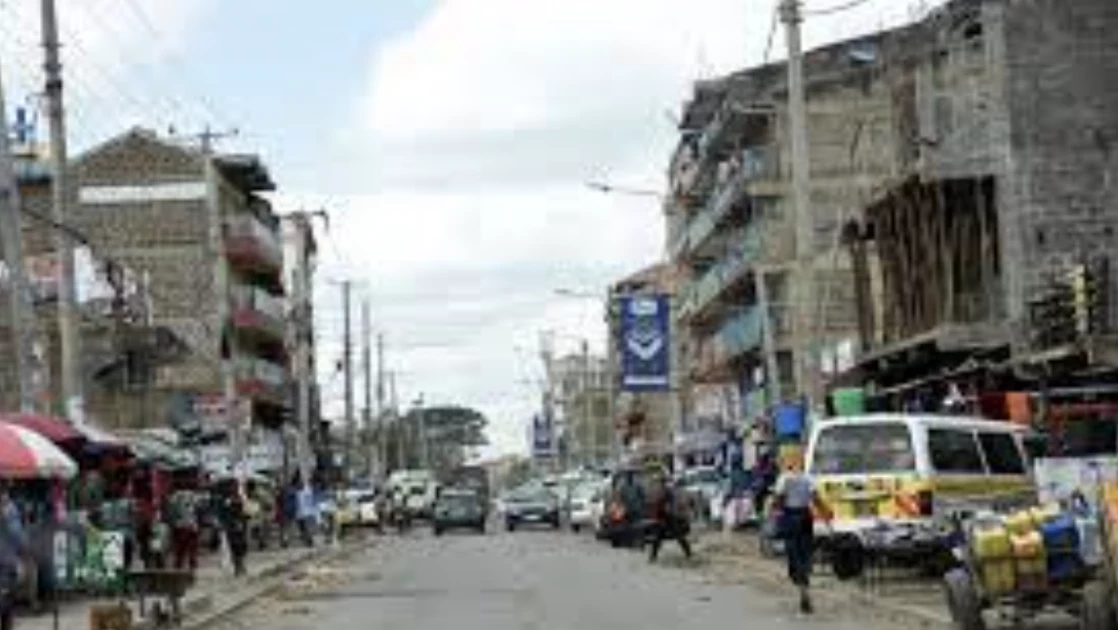The 'fall and fall' of Umoja estate

Umoja estate/Photo:Courtesy

Audio By Vocalize
The famous Umoja estate is slowly giving up its spirit as one of the known homes of Nairobi’s middle class living in Eastlands area.
The estate popularly known by the moniker ‘Umo’ -- sits 8.4 kilometers East of Nairobi.
According to some of the residents – the old glory is gone.
The estate had for the longest time been associated with the middle-class [and aspiring middle class] – but not anymore.
The allure that once defined Umoja is now gone like smoke. The meticulous old school order – and quiet that had for eons defined the estate has melted away – paving way for perfect disorder.
The roads are bad. Open sewers have taken over the roads, and thousands of houses are competing for air and space.
Umoja estate was originally commissioned by the Nairobi City commission to provide housing to the growing urban population. But things changed – and residents began defying urban planning – building on every available space.
According to historian and researcher Bethuel Oduo, Umoja 1 exclusively comprised of one-bedroom houses that targeted small families.
“Umoja 1 was developed under the Tenant Purchase Scheme (TPS) in 1970s, where one would pay rent to own. The houses were known for their signature asbestos roofs,” said Oduo.
“Umoja 2, on the other hand, was developed under the site and service scheme later in 1980s. The council would give you a piece of land where you would build a house based on a provided plan,” he said.
“The owner would keep two rooms to themselves and rent out others… and they were allowed to build extensions,” noted Oduo -- adding that owners soon went off the plan and started building houses that did not adhere to the original plans.
Many years later, most of the original houses have been demolished, paving way for the rise of apartments at every turn. The result is chaos, and disorder.
Umoja estate is divided into different phases: South of Kangundo Road and East of Outering Road, Umoja I which covers the north and western parts, Umoja II is to the east, and Umoja Innercore which form some sort of enclave of the two.
Almost everybody came from ‘Umo’ back then –- or rather knew someone who did. Others – the ‘more refined’ middle class – found home at its offshoots like Tena and Innecore.
Umoja is where the old and new money met, mingled and lived… and began attracting new money from early 1990s feeding into early 2000s.
Today, however, a long chain of apartments, some not very nice looking, stand where the original houses built in the 70s stood. The few original houses that remain are ‘suffocating’. It is only a matter of time before their owners sell them to moneyed developers.
The potholed roads dot most of the estate… making movement a near death experience especially during the rains.
Insecurity is a menace and the taps are dry almost all the time. Many families buy water from the streets.
“It’s a very congested place today. There are many buildings coming up every day in every available space,” said Evans Simiyu, a resident of Umoja.
According to the 2019 census, Umoja had a population of 140,216, with 64,256 in Umoja I and 75,960 in Umoja II.
The number has no doubt grown significantly four years after the Census. And now, many tenants are leaving the estate.
“Many people would come here to start life, but with the emergence of unregulated buildings it’s no longer homely,” says Simiyu.
The absence of enough social amenities despite the growing population is also a major concern for most of the residents.
There have been attempts to spruce up the estate amid all these changes, but it's obvious the good old glory is gone.


Leave a Comment